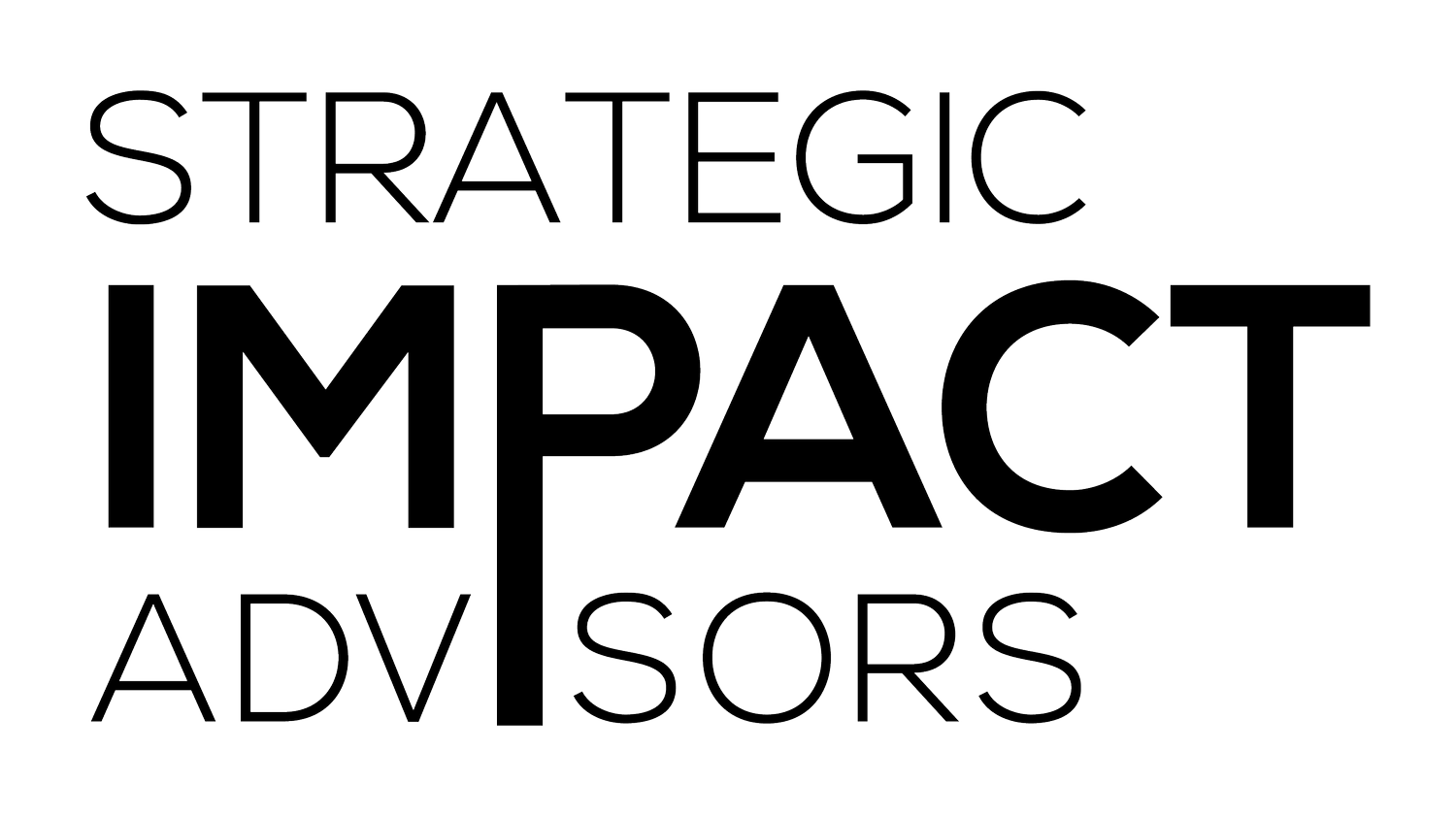In Uganda, can cows help close the credit gap?
In Uganda, cattle is the most important livestock value chain. Around 1.4 million Ugandan households rely on cows for income, milk, and draft power. But that’s not all: Cows can also act as a form of savings and insurance.
With one of the most rapidly growing populations in the world, it’s estimated that Uganda’s demand for livestock products will more than triple by 2050.
With a clear trajectory of growth, both domestically and abroad, the livestock sector is a strong investment opportunity. However, like the rest of Uganda’s agriculture sector, there is a significant credit gap that reduces the cattle sector’s ability to take crucial steps towards becoming a more formal and organized market system. Farmers struggle to access the quality inputs (like seed and fertilizer), markets, advice, and financing they need to grow.
How can we close the credit gap to enable the more efficient (and in turn successful) production of cattle?
We can use cows as primary collateral for loans. But registering cattle as a moveable asset is not simple. It’s tricky and it’s costly. It requires farmers to purchase insurance, pay for appraisal services, and pay for the stamp duty.
In late 2020, we helped Financial Sector Deepening Uganda (FSDU) explore the possibility of creating digital profiles of each farmer and their cattle to help streamline the registration process in the movable asset registry. This particular solution was posed by a local Ugandan venture capital firm, and entailed the pilot of a digital agriculture platform that registers cattle into an organized database to 1) reduce information asymmetry, 2) provide a pathway for using cattle as collateral, and 3) offer a virtual commodity exchange marketplace that creates stronger, more formal market linkages between cattle farmers and buyers.
This platform won’t just help digitize information to streamline registration. It will also support the monitoring of cattle in an effort to provide greater transparency on potential issues that may arise if they’re used as collateral (like uninsured deaths or theft).
Our field research in the two pilot districts of Kyankwanzi and Nakaseke verified how difficult it is for farmers to access credit. But we found banks, MFIs, and SACCOs to be relatively uninterested in the use of cattle as moveable assets collateral (MAC). Banks will typically accept cattle as a secondary form of collateral, but prefer to see land or a consignee as the primary piece of collateral, which puts farmers right back where they started: without the necessary collateral to get access to a loan.
So what can be done to help banks feel more comfortable with the idea of cows as primary collateral for loans to farmers? Banks will need to see proof that this type of arrangement can work through actual loan portfolio data. This means that platform developers like the one we worked with will need to seek out financing options for affordable capital to test the cattle as a primary MAC idea and provide proof of concept to banks. Affordable capital would likely come through a blended finance model that either provides a loan guarantee for a bank to provide the capital, or capital raised through philanthropic ventures. Will it be worth it? We think so.
